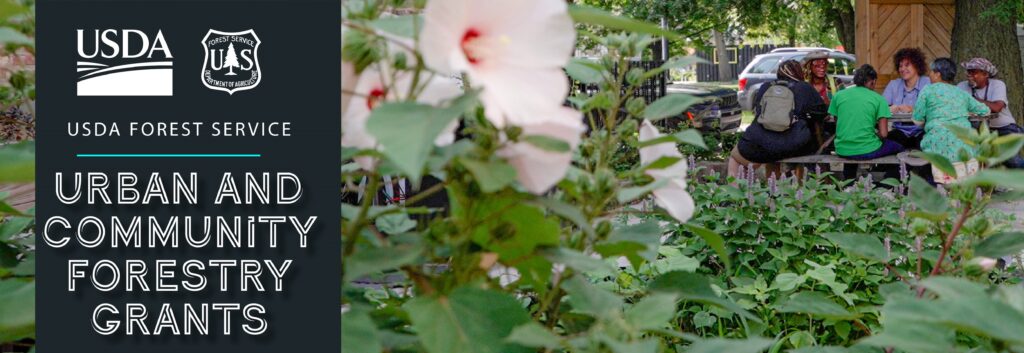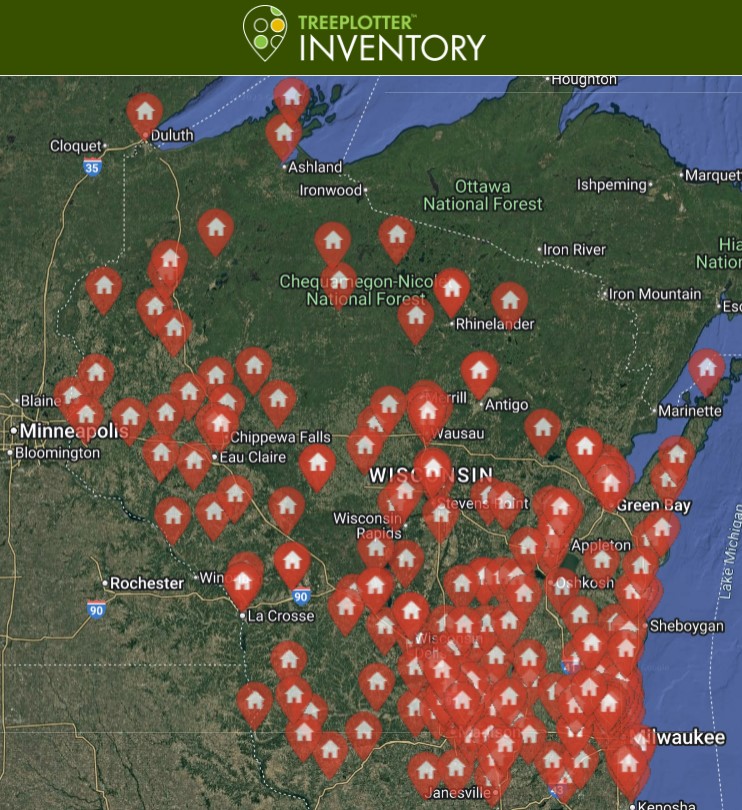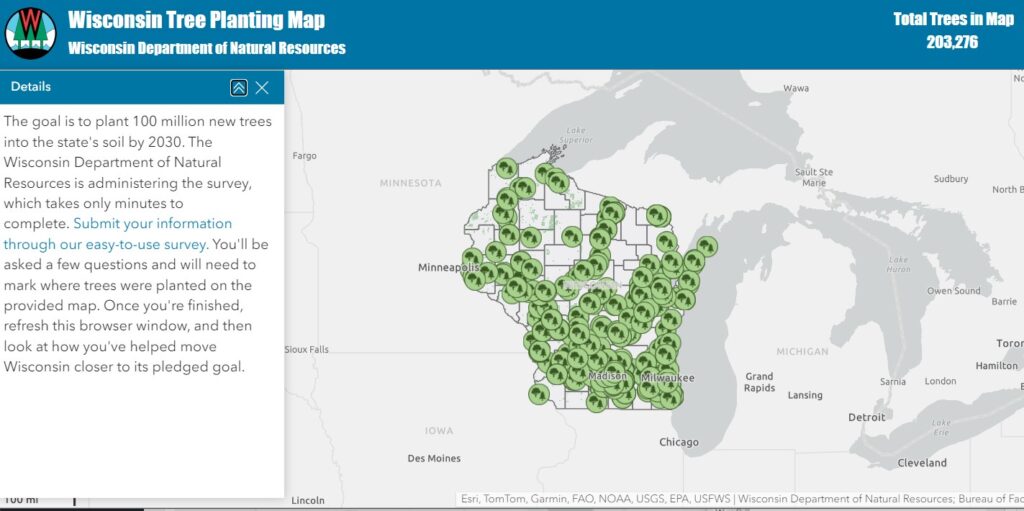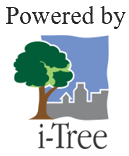
The Wisconsin Department of Natural Resources (DNR) recently announced it is accepting applications for the Urban Forestry Inflation Reduction Act grant program. The program, which launched in January, uses federal funds to support projects that positively impact trees and people within disadvantaged communities* in Wisconsin.
The DNR is hosting a webinar on March 14 at 1 p.m. to provide an overview of the application and answer questions. A link to register is available on the DNR Urban Forestry Inflation Reduction Act Grants webpage. The application deadline is June 3, 2024.
Potential projects may involve conserving, protecting, expanding or improving urban forests. Examples include tree planting, hazard tree removal and pest control. Projects can also be capacity-building endeavors, such as urban forestry management plans, tree inventories and public education.
Cities, villages, towns, counties, tribes and 501(c)(3) nonprofit organizations conducting their projects in Wisconsin may apply for an Urban Forestry Inflation Reduction Act grant. Eligible projects must occur in or benefit those living in disadvantaged communities as identified by the DNR on this map and list.
Continue reading “DNR Seeking Applications For Urban Forestry Inflation Reduction Act Grants: Submit Applications By June 3” →

 Do you have a tree inventory but have a hard time keeping it up to date? Or are you interested in inventorying trees from scratch?
Do you have a tree inventory but have a hard time keeping it up to date? Or are you interested in inventorying trees from scratch? *These training opportunities are provided as an information service only and do not constitute an endorsement from the Wisconsin Department of Natural Resources (DNR).
*These training opportunities are provided as an information service only and do not constitute an endorsement from the Wisconsin Department of Natural Resources (DNR).
 The trees on school properties mirror those of the surrounding urban forest in composition but not in coverage.
The trees on school properties mirror those of the surrounding urban forest in composition but not in coverage.
 Council, has updated its recommended species lists for street and park trees. You can find those four documents below and under “Tree Species Selection” on the
Council, has updated its recommended species lists for street and park trees. You can find those four documents below and under “Tree Species Selection” on the